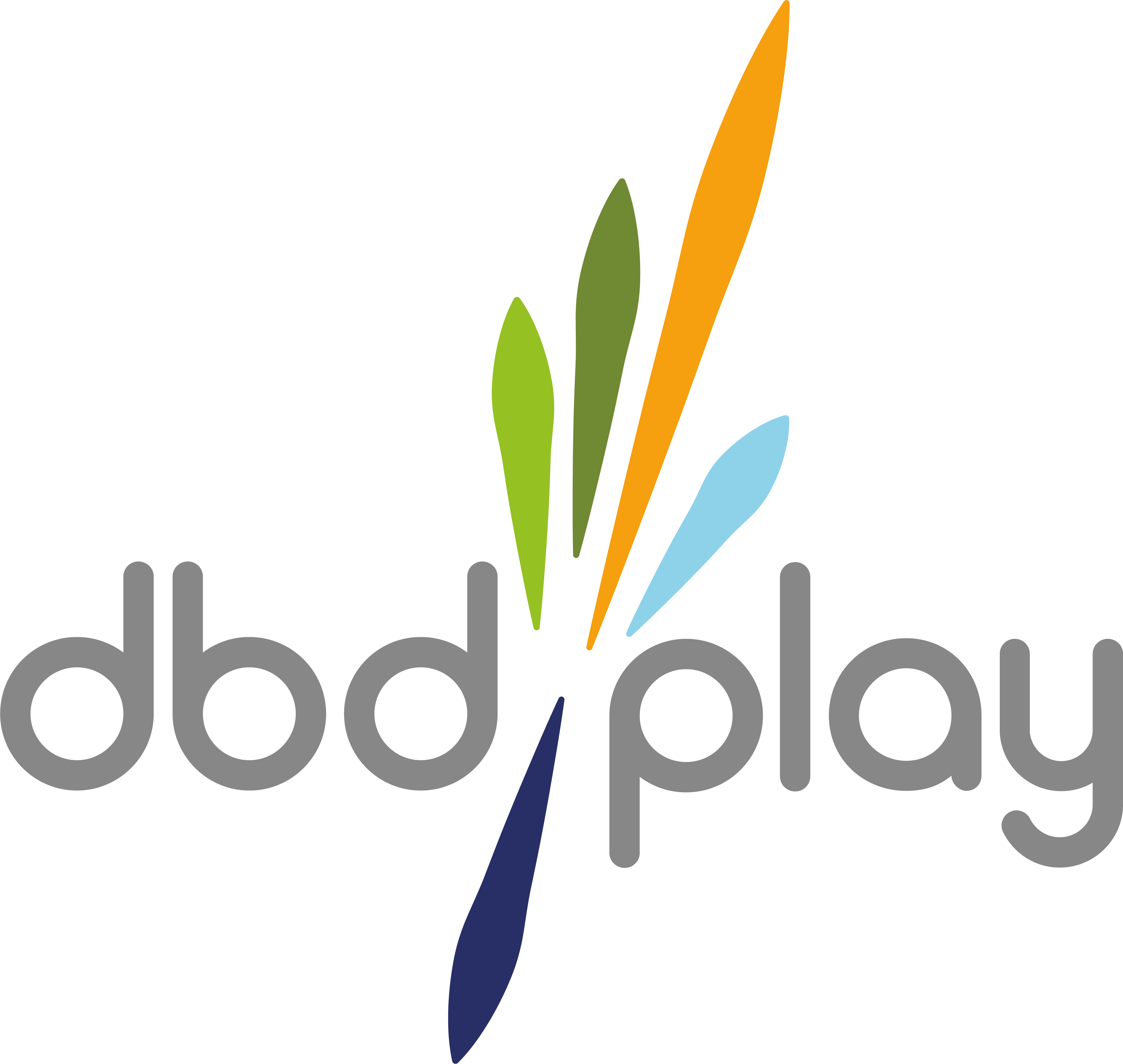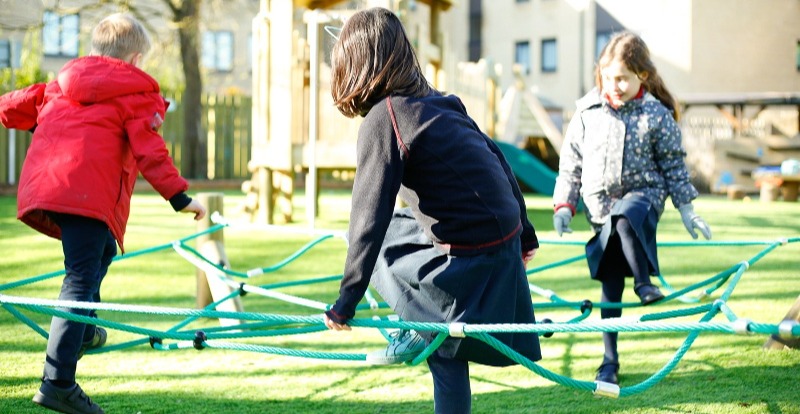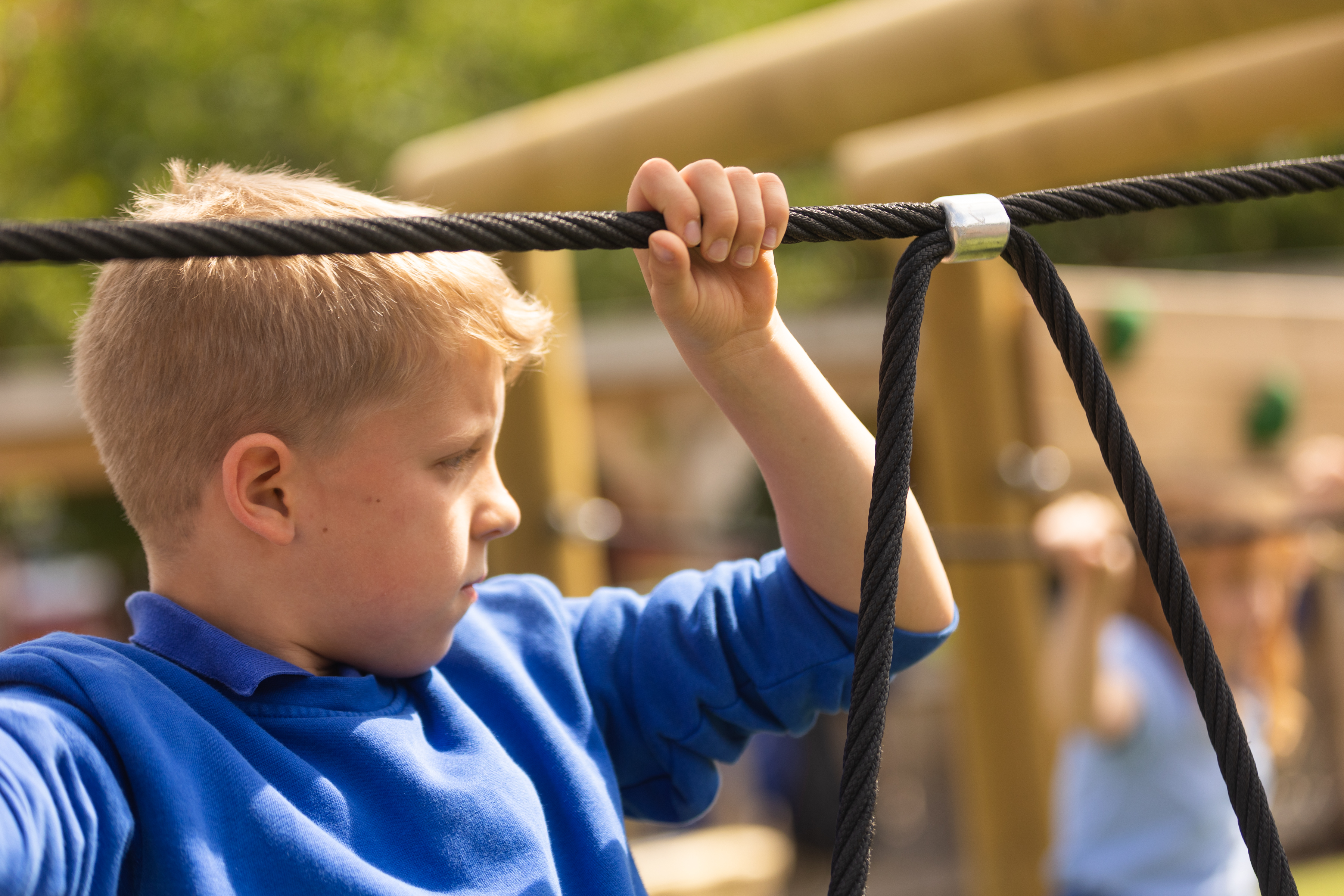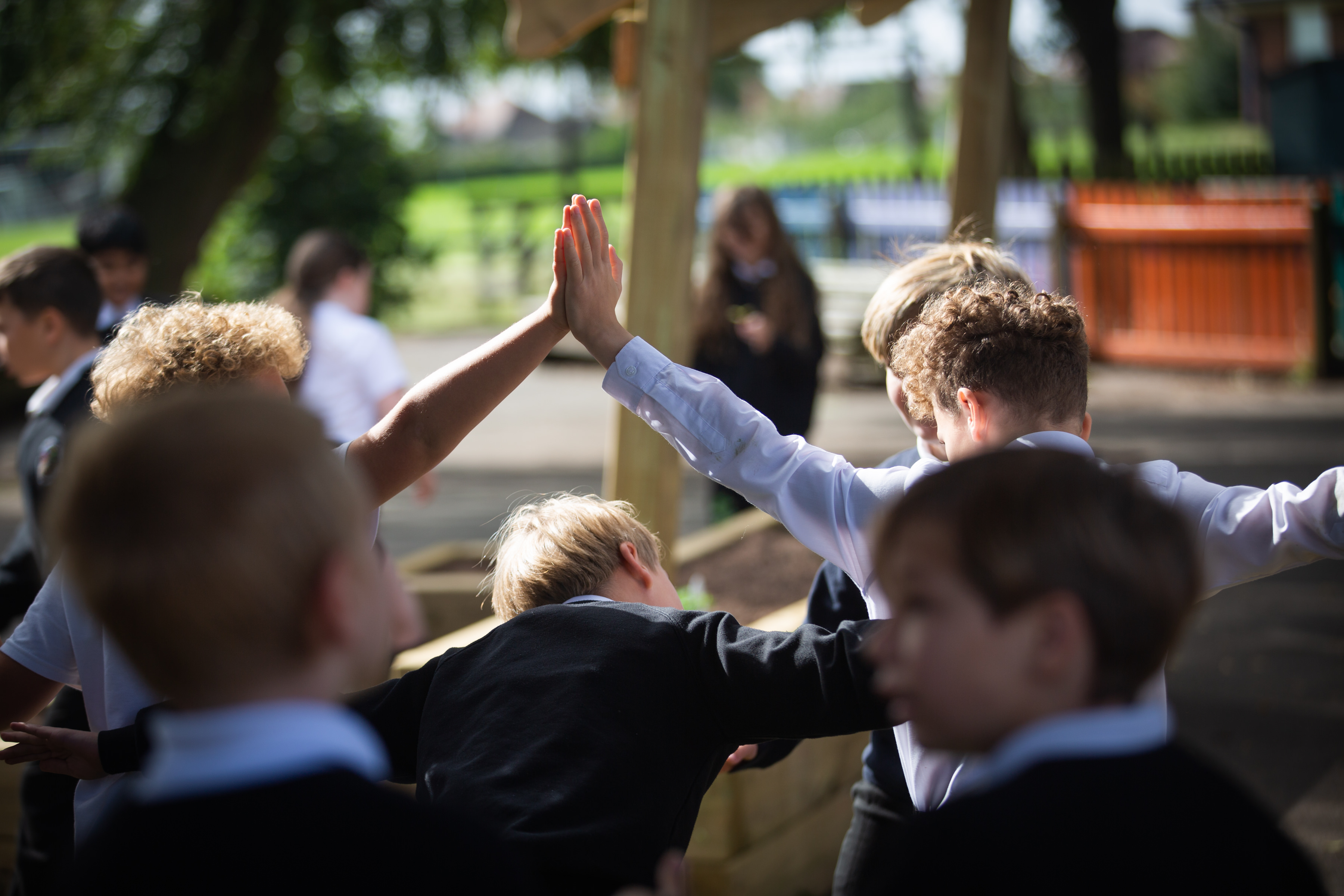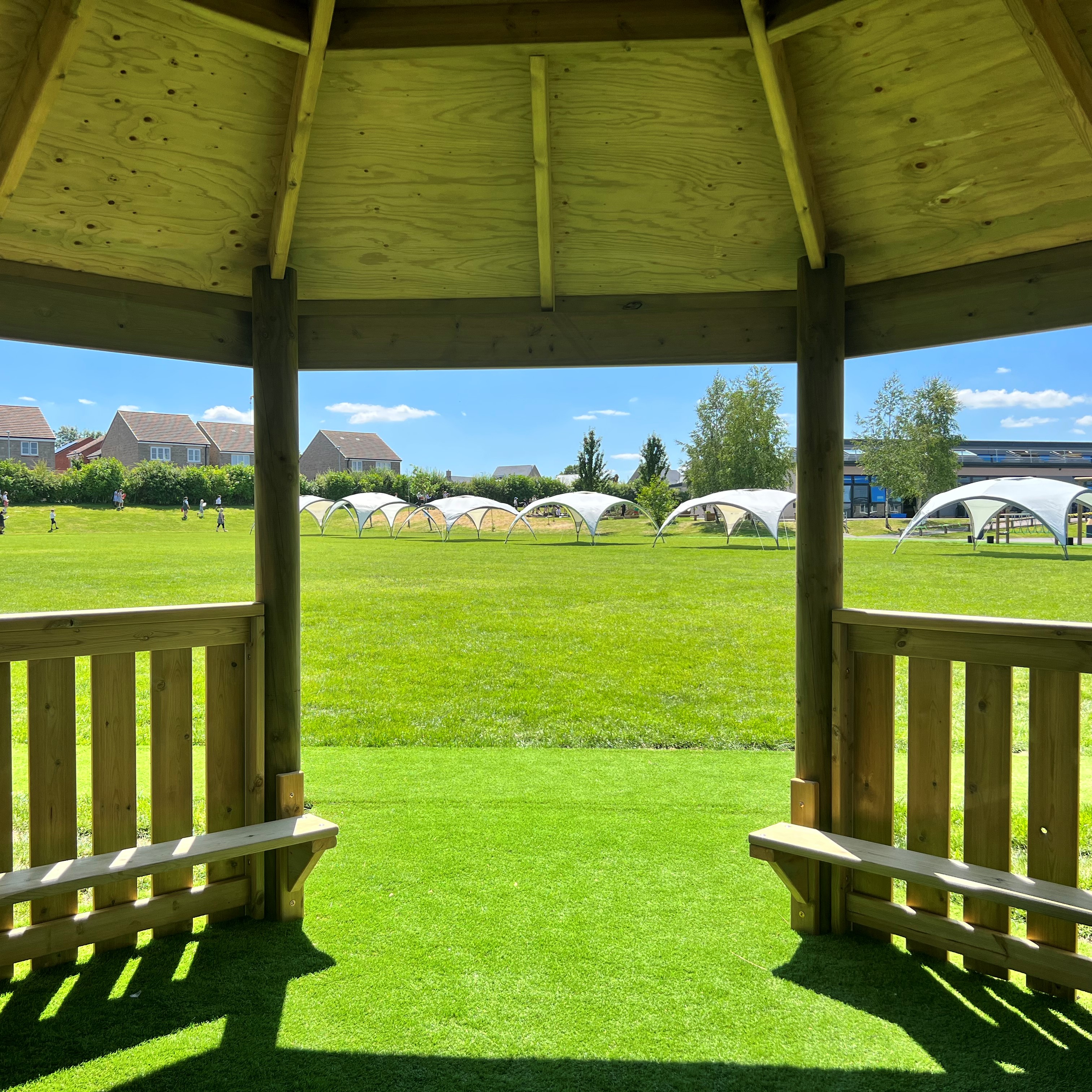The development of Fundamental Movement Skills is key to ensuring a lifelong involvement in physical activity. Without the development of these key skills children are less likely to establish and maintain a healthy lifestyle into adulthood.
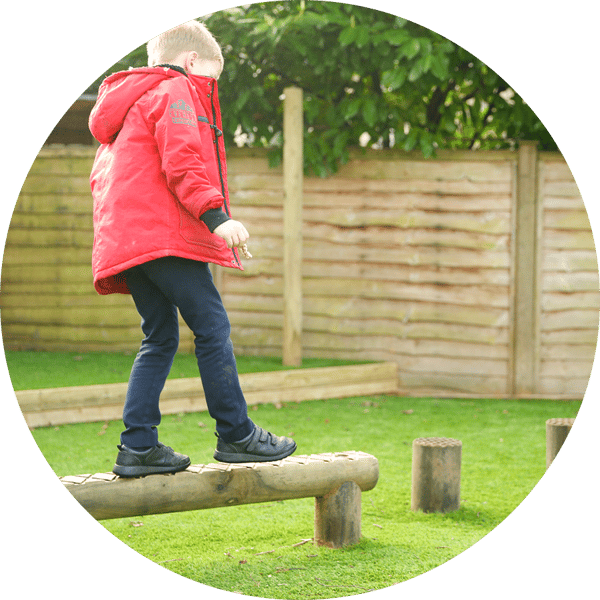
What are Fundamental Movement Skills?
Fundamental movements can be described as the simplest moves that we can make and then built up into more complex ones. This is similar to language, where each sound needs to be learned to correctly construct a word. Our physical literacy is based on movement skills, so this should make it clear how significant they are.
Fundamental movement skills can be categorised in a number of different ways, but the simplest way is to divide them into three categories based on their function: locomotion, stabilisation, and manipulation. Here’s what they mean:
Locomotion
Locomotion can be defined as any action that moves the body from one place to another. That includes walking, running, hopping, swimming, skiing, jogging, jumping, and any other form of movement you can think of.
Stabilisation
This is what keeps you in position. Your balance, stretching, twisting, landing, bending, pivoting, hanging, and other skills that demonstrate your strength and control over your body can be categorised as stabilisation skills.
Manipulation
Last but not least, manipulation skills involve moving other objects other than yourself. Like throwing, catching, pushing, pulling, bouncing, dribbling and trapping things such as a ball or rope. Manipulation skills are all linked to moving other things. It is the most complicated set of skills, so it can be split broadly into three parts: sending, receiving, and traveling.
Why Are They Important?
Whenever we learn new skills, we are instinctively applying what we have already learned in the past. These are usually small things that we have learned throughout our lives; however, they are commonly traceable back to the basics we learned in childhood. If you teach these fundamental movement skills effectively to children, you’re essentially giving them a head start.
Biologically, we all develop a great deal of basic movement skills; but that doesn't mean we're doing it right, or even the best way. Helping children to master their movement safely at an early age, we are giving them the resources they need to develop and learn greater physical wellbeing.
In this way, children's sports and games promote their physical literacy, a process far reaching in its benefits. Ensuring children have a firm grasp of the basics early in life will make it easier for them to cultivate the hard stuff later. In general, learning something is much easier to master the younger you are.
Does Your School Environment Promote Physical Literacy?
Evidence shows that active children have better life outcomes. Research by the Aspen Institute has shown that physically active young children will:
- Be less likely to be obese
- Achieve higher exam results
- Be less likely to smoke or take drugs during adolescence
- Have higher self-esteem
- Be more likely to go into Higher Education
- Have higher future earnings
- Be healthier, less medically dependant adults
- Produce active children and the cycle starts again….
However, most children do not develop sufficiently high levels of Fundamental Movement Skills naturally. As with Literacy, Physical Literacy needs to be encouraged and nurtured from a young age to ensure they reap lifelong benefits.
Research suggests that it takes between 240 and 600 minutes of instruction time for the average pupil to become proficient in Fundamental Movement Skills. From this they develop the skills to allow them to fully participate in the joys and benefits of sport for recreation and if they wish, competition.
Three-year Olds
The early years of schooling are critical. Three-year olds are developing the basic skills required for play. They should be able to:
- Climb
- Run on toes
- Balance on one leg
- Kick a ball from a standing position
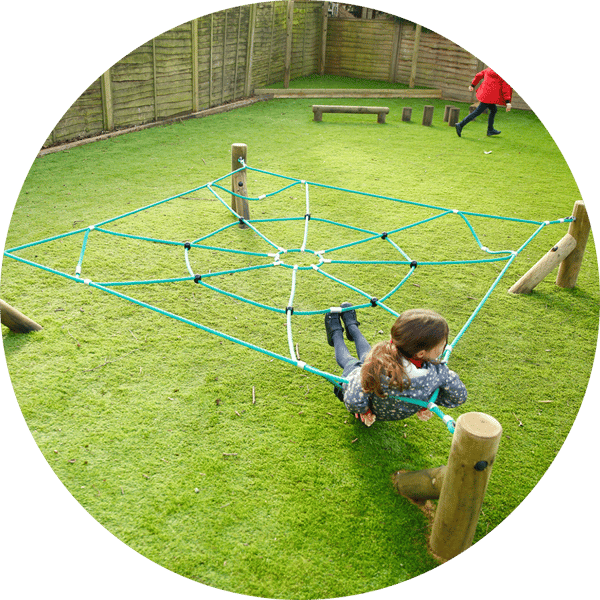
Four-year Olds
Four-year olds are quickly building on their basic skills, learning from their play environment. They should be able to:
- Gallop
- Hop forward
- Throw a ball
- Kick a large rolling ball
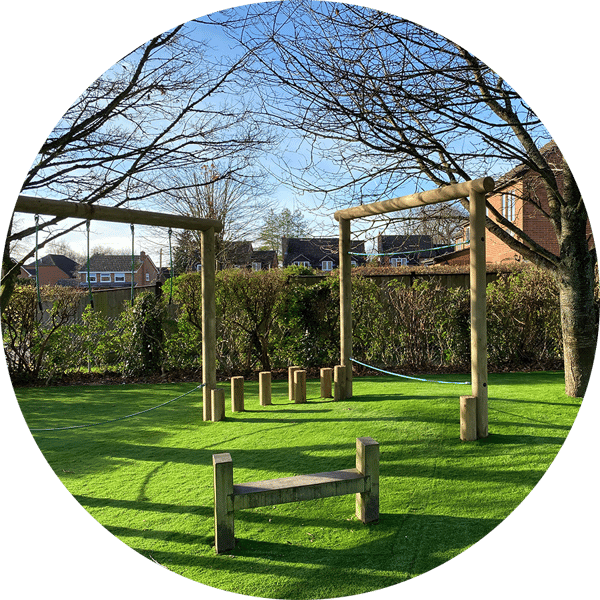
Five-year Olds
By five years old children engage in a variety of creative play, including copying and role play. They should be able to:
- Run through an obstacle course
- Skip forward
- Maintain balance on a moveable platform
- Throw a ball with force and direction
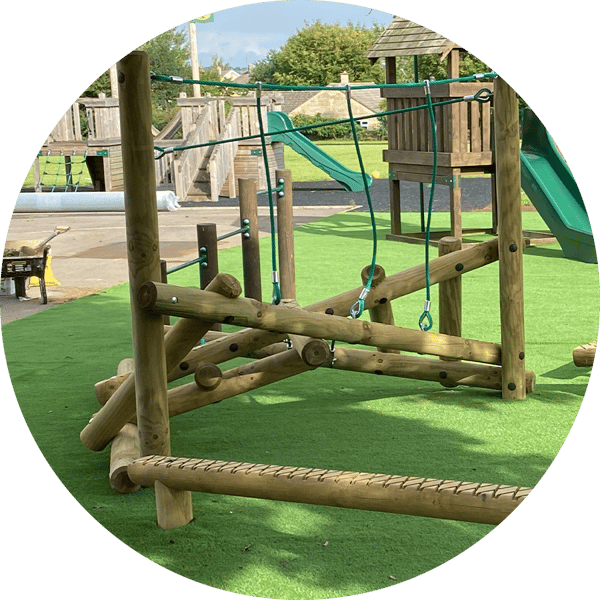
What Your School Can Do To Support Physical Literacy
Does your outdoor play environment:
- Have apparatus that pupils can climb using both lower and upper body strength?
- Have apparatus that pupils can balance upon and jump from?
- Do you have a Daily Mile track or running area to encourage the children to run? It does not need to be flat, in fact slightly undulating ground is better.
- Do your pupils have access to balls at playtime which they can throw, kick and catch? This may need the play environment to be divided to provide a special ball area which does not disrupt the climbing or creative areas.
- Do you have space for a MUGA (Multi Use Games Area) or sports pitch which can be used to play a variety of games? These areas can be utilised outside of school hours by the local community to provide more opportunity for the pupils as the grow to further enhance their Fundamental Movement Skills.
- Does your play environment have a Physical Literacy Shed which contains skipping ropes, hula hoops, bean bags all to encourage agility and movement?
- Do you have an imaginative play space where pupils can role play and create?
- How we can help?
We are passionate about the importance of Fundamental Movement Skills and helping schools to create outdoor play environments that support physical literacy. Play is an integral part of our mission to promote the development of children through enjoyment and educational play. We have the experience and passion to make a real difference in your children's lives.
Our friendly and well-informed approach has helped us establish long-lasting relationships with our customers, and you can see that by reviewing our testimonials, our customers love working with us.
Originally published Apr 12, 2021 9:17:22 AM , updated January 31, 2024
